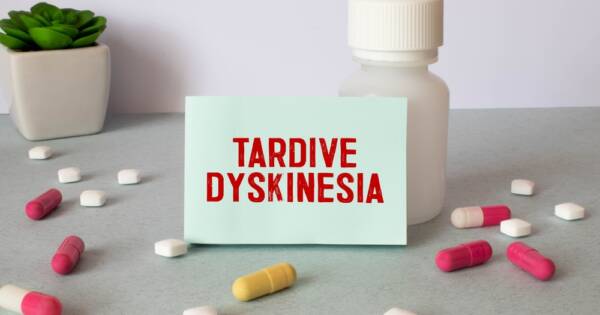Stroke awareness is essential, with identifying early symptoms critical for timely treatment and effective recovery. Understanding transient ischemic attacks as warning signs, recognizing controllable risk factors, and employing preventive strategies support stroke prevention. Awareness of emergency response steps and rehabilitation further aids in improving overall health outcomes and empowering individuals against potential stroke occurrences.
Early Stroke Warning Signs
Recognizing early stroke warning signs is vital for a prompt response, enhancing the chances of effective treatment and recovery. Sudden numbness or weakness, especially on one side of the body, is a prominent symptom that requires immediate medical attention.
Symptoms such as confusion, trouble speaking, abrupt vision changes, and severe headaches are crucial indicators, as they signal the need for rapid medical help to mitigate serious consequences. The acronym FAST — Face drooping, Arm weakness, Speech difficulties, and Time to call emergency services — is a helpful tool for quickly identifying these symptoms and ensuring immediate intervention.
Understanding Mini-Strokes
Transient ischemic attacks (TIAs), commonly known as mini-strokes, serve as critical warning signs for potential major strokes. They share similar symptoms with strokes but are temporary, lasting from minutes to a few hours.
Despite their brief nature, TIAs require urgent medical attention because they indicate a high risk of future strokes and allow for preventive measures. Recognizing TIAs as formidable red flags can significantly reduce the risk of a subsequent major stroke.
Stroke Risk Factors
Numerous controllable risk factors contribute to the likelihood of experiencing a stroke. High blood pressure, high LDL cholesterol, diabetes, and smoking are significant risk factors that highlight the need for proactive management through lifestyle and medical interventions to support brain health. Physical inactivity, unhealthy diet, excessive alcohol consumption, and obesity also amplify stroke risks.
Addressing these modifiable factors through healthier choices can diminish the prevalence of strokes and improve cardiovascular health. Regular consultations with healthcare providers for risk assessment and management of pre-existing conditions, such as heart disease and diabetes, are essential in stroke prevention.
Steps for Stroke Prevention
Preventive strategies involve a comprehensive approach to reduce stroke risk by controlling underlying health issues. Managing high blood pressure, cholesterol levels, and diabetes, alongside quitting smoking and maintaining a healthy diet and exercise regimen, are effective methods to counteract modifiable risk factors.
Encouraging lifestyle changes in these areas is crucial for minimizing stroke incidence and ensuring overall well-being. Moreover, being aware of family history and genetic factors that may increase stroke risk is crucial for personalized preventive measures and proactive action.
Emergency Response and Treatment
When a stroke is suspected, immediate action is critical, as each moment lost can lead to more extensive brain damage. Calling emergency services at the first indication of a stroke can significantly influence the outcomes and recovery prospects.
Time-sensitive medications like tPA (tissue plasminogen activator) can help dissolve blood clots in the brain if administered promptly, thereby improving the chances of a full recovery and reducing stroke severity. Medical professionals often employ diagnostic tests such as CT scans, MRIs, and blood tests to confirm a stroke diagnosis, guiding subsequent treatments aimed at saving brain function.
Rehabilitation and Recovery
Post-stroke recovery focuses on rehabilitation to restore functionality and enhance the quality of life. Customized recovery plans often include physical, occupational, and speech therapy, aiming to help patients regain motor skills, perform everyday tasks, and improve communication abilities.
Rehabilitation is essential for adapting to the changes a stroke may impose, fostering a sense of independence and enhancing life quality. Ongoing research strives to advance prevention and recovery strategies, broadening understanding of effective therapeutic interventions and improving outcomes for stroke survivors.
Learn More About Stroke Prevention
Understanding the early warning signs and risk factors of strokes is imperative to mitigating their impact on individuals and communities alike. Early recognition and immediate response to stroke symptoms can drastically enhance recovery prospects, while preventive actions address modifiable risk factors to bypass strokes altogether. These measures are important not only for reducing the chance of initial strokes but also to diminish the chances of recurrent episodes.
By comprehensively addressing these components, individuals empower themselves and their families for healthier futures. Staying informed on the latest advancements in prevention and rehabilitation provides peace of mind and enhances overall well-being, emphasizing the importance of ongoing learning in stroke prevention.
Additional Resources
Stroke warning signs and prevention strategies





